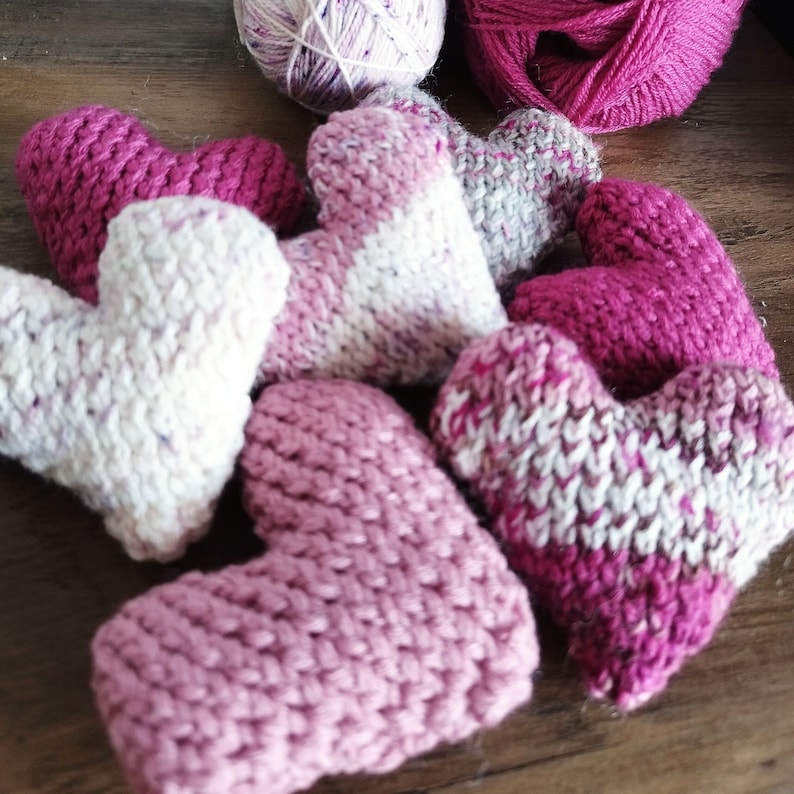News
Handmade Pottery Trends: Celebrating Tradition in Contemporary Craft
Innovative Pottery Techniques: A New Era of Artistic Exploration
Handmade pottery is experiencing a revival, driven by a surge of creativity and new techniques that push the boundaries of traditional ceramics. Artisans are experimenting with novel methods and materials, giving rise to fresh possibilities for expression and design.
Discovering New Glazing Techniques
A key innovation in handmade pottery lies in the exploration of unique glazing methods. Artists are experimenting with different glaze formulas to achieve stunning visual effects. Metallic glazes, for example, can create lustrous, reflective surfaces that bring depth and radiance to ceramic works. Additionally, experimental techniques like crystalline glazing are adding intricate, crystal-like patterns, further enhancing the visual allure of each piece.
These advancements not only elevate the aesthetics of pottery but also open new avenues for creativity. The dynamic play of colors and textures made possible by these methods enables the creation of one-of-a-kind, attention-grabbing pieces.
Exploring Alternative Firing Techniques
The world of handmade pottery is also witnessing the adoption of alternative firing processes. Traditional kiln firing is being complemented by methods such as raku firing, known for its vibrant colors and crackled surfaces, achieved through a rapid cooling process that adds drama and texture to the pieces.
Techniques like pit firing and barrel firing are similarly redefining ceramic artistry. Pit firing, which involves burying ceramics in combustible materials, results in rich, unpredictable surface textures and colors. Barrel firing, utilizing a metal barrel, introduces an element of chance, making each creation distinct.
Textural Innovation in Pottery
Ceramic artisans are pushing the envelope when it comes to texture. By using new tools and techniques, they are crafting pottery with intricate, tactile surfaces. Methods such as slip trailing, sgraffito (scratching through slip to reveal the clay beneath), and textured mats enable the creation of detailed, dynamic patterns.
These textural innovations not only enhance the visual appeal but also deepen the sensory experience of interacting with pottery. The combination of varied textures and finishes transforms simple ceramics into layered, multi-dimensional works of art.
Integrating Digital Tools into Pottery
The rise of digital tools is also influencing the world of handmade pottery. 3D printing technology is being used to design intricate molds and forms, allowing for complex designs that would be challenging to create by hand. This precision enables the creation of customizable and replicable pieces.
Digital design tools provide ceramic artists the freedom to experiment with shapes and structures, extending the limits of traditional pottery. By blending modern technology with traditional methods, this approach brings a new dimension to the craft.
A New Chapter for Pottery
The innovation sweeping through the world of handmade pottery is reshaping the craft and expanding its creative horizons. As artisans continue to explore, they not only honor traditional techniques but also push the boundaries of contemporary art. This exciting wave of creativity is rekindling interest in ceramics, showcasing its relevance in the modern world.
Each new technique introduces endless possibilities for pottery, ensuring that it remains a vibrant and evolving medium that beautifully balances timeless tradition with forward-thinking innovation.

